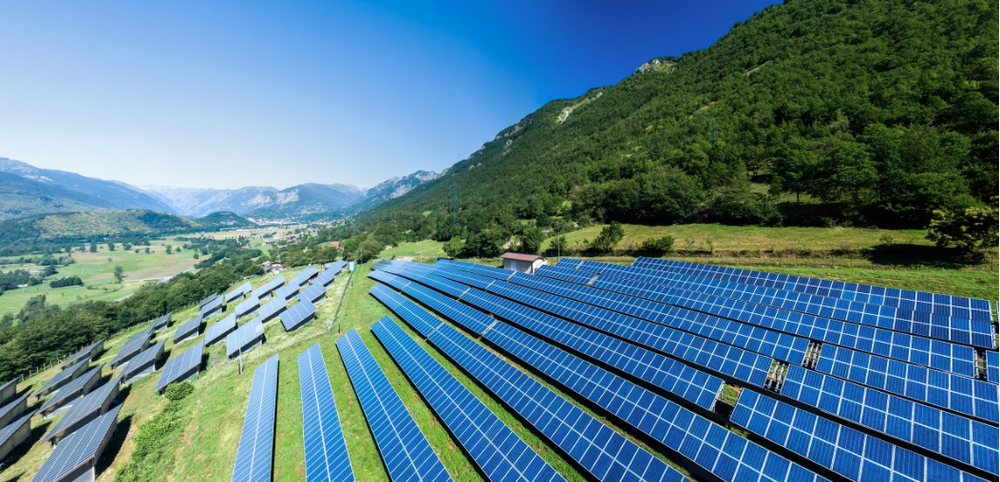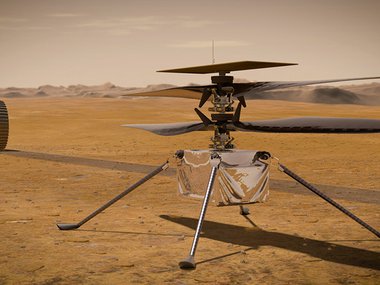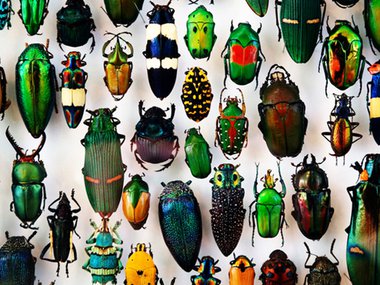Question Your World: Can Climate Change Impact Our Flights?
From work to vacations and beyond, there are a lot of flights required all over our planet every single day. This means there are hundreds of thousands of planes taking to the air at any given time to get us to our vacation destinations, family, meetings, and whatnot. We are all well aware that the Earth's climate is changing, but can that impact airplanes? Let's dig into today's big question: Can climate change impact our flights?
The short answer is absolutely! But let's dig in to really see how climate change is impacting one particular aspect of air travel, turbulence. You may be in your office or living room reading this, so let's transport you there with our flight instructions first.
Greetings blog-readers, please make sure your seatbacks and tray tables are in their full upright position and that your seat belt is correctly fastened for this week’s piece all about climate change's impacts on turbulence.
The Aviation Safety Network recently reported that of the record setting 37 million flights taken in 2017 not a single person died on a major commercial airline flight, which it the safest year for commercial flights ever. However, while overall flight safety continues to improve, the on-flight anxiety and discomfort caused by “clear air” turbulence is rising.
Climate scientists at the University of Reading have investigated the increase in “clear-air” turbulence and are attributing it to climate change. Okay for starters, what is this "clear air turbulence" anyway? Clear-air turbulence differs from storm-related turbulence because it can happen far away from stormy cloud systems, making it invisible to both pilots and radar.
How does clear-air turbulence happen? When two air masses traveling at different speeds or in different directions collide, like along the atmospheric jet stream that many of our flights travel in, pockets of clear-air turbulence develop, sometimes taking airplane pilots totally by surprise. This is bad news for your meals and drinks staying stable, but even more so, it’s a problem for pilots that are trying to safely fly us to our destinations.
Global warming, which the vast majority of scientists around the world attribute primarily to human emissions of heat-trapping gases, could cause clear-air turbulence to increase dramatically by mid-century. Warming at the surface of the planet counteracted by cooling in the upper atmosphere encourages these colliding air masses…meaning more clear air turbulence for flights to experience! In fact, these scientists are also saying that if no action is taken, then the issue of clear air turbulence could double or even triple by mid-century.

Image credit: Getty Images
Scientists say that reducing the amount of heat-trapping gases we put into the atmosphere is how we can keep from experiencing increased clear air turbulence in the future. Upgrading energy systems to be cleaner and more efficient, like using renewable solar and wind options, would be a great start. A lot of places have already begun to flip from traditional energy sources to newer and cleaner options. Costa Rica ran the entire nation on renewable energy for 300 days last year. Sweden wants to go totally renewable for their energy needs by 2040, and they're right on track! Even Bath County here in Virginia is moving along by officially having the first elementary school in the state to be run entirely on solar power.
One thing to keep in mind is that everything here is connected. What we do on the ground here will impact our air and water. The solar setup at Valley Elementary is tens of thousands of feet below where planes travel, but, believe it or not, it's still all connected. As more places take action to prevent more heat trapping gases from getting into the atmosphere, that change will be felt and seen in the sky and in our oceans as well.
Clear air turbulence is just one small example of how our planet's changing climate will have an impact on our day-to-day activities. This is a great time for us to rethink our own impact on the planet. We as individuals can drive less, shop local, buy more plastic-free packaging, and voice our concerns to local politicians and planners. If we do this in our communities, then perhaps we'll be able to bring forth some pretty dramatic changes to help counteract some of the effects of climate change. Communities can band together as well and make an even larger impact. While the change in the climate is already happening, we can now take action and become resilient to the upcoming changes here on Earth. We're all here on Earth and many of our decisions ultimately impact the rest of the planet. It's all connected.
Now that you know all this, you are now free to move about the cabin.


